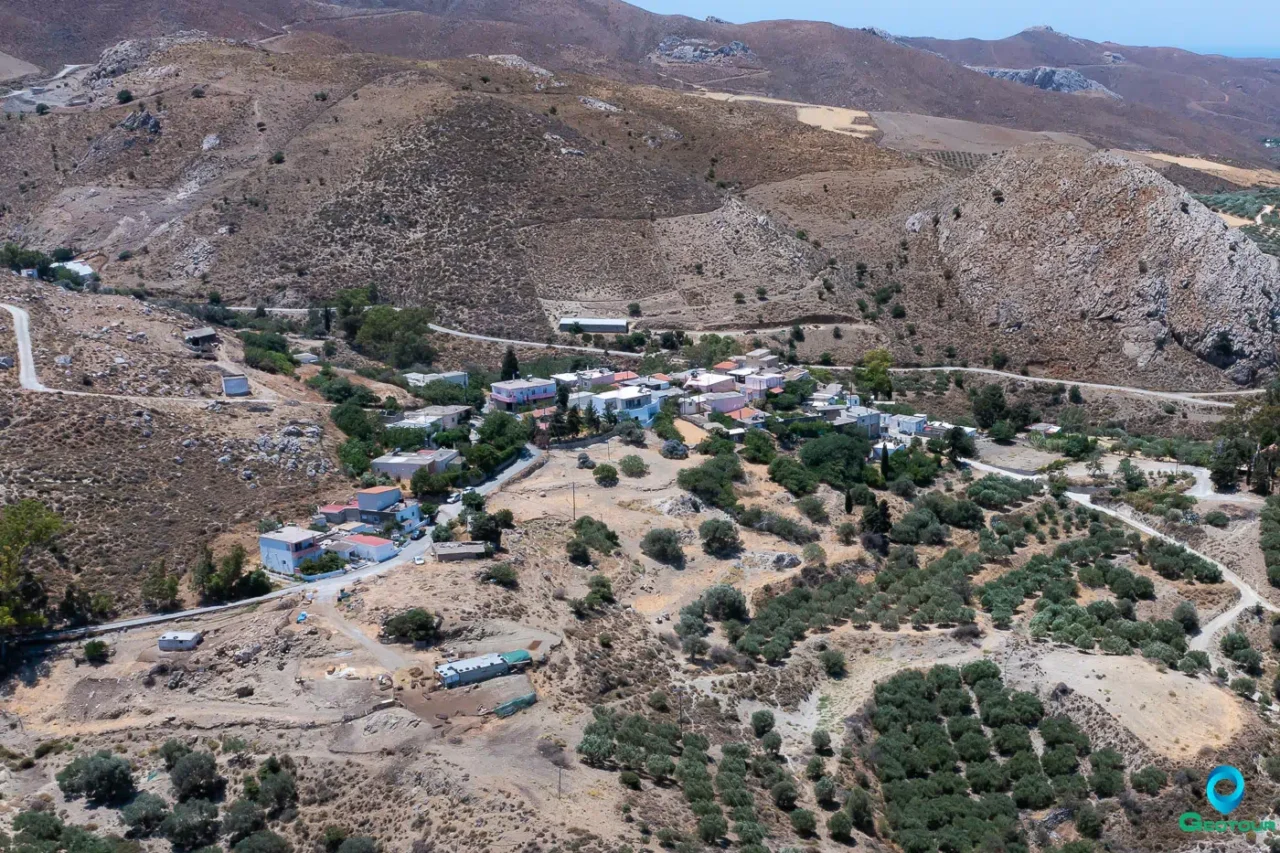
Koumasa is a village located in the Gortyna municipality on the island of Crete, Greece. It sits at an elevation of 400 meters on the northern foothills of the Asterousia Mountains. Koumasa is known for its significant archaeological sites, including tombs dating back to the Early Minoan period and evidence of settlements from the Middle and Late Minoan periods. A gorge, starting from the south side of the village and extending for 4 kilometers, adds to the natural beauty and archaeological potential of the area.
Historical References
The earliest documented reference to Koumasa dates back to 1368, during the Venetian period, when it was listed as “Cumassa” in a document from the Ducal Archive of Chandax. This reference identifies Koumasa as a fief, or landholding, granted to Johannes Morro, shedding light on the village’s feudal past under Venetian rule.
Further references to Koumasa emerge from the subsequent Ottoman period. The village’s presence in Turkish censuses underscores its continued existence and its role within the Ottoman administrative system. These records, although often fragmentary, offer glimpses into the village’s population demographics and its place within the broader context of Ottoman Crete.
The village’s name itself, derived from the word “koumos,” meaning a temporary shelter for housing and guarding animals, hints at its historical connection to pastoral activities and the utilization of the surrounding landscape for livestock rearing.
Location
Koumasa’s location on the northern foothills of the Asterousia Mountains places it in a unique geographical setting. The village’s elevation of 400 meters provides a vantage point with sweeping views of the Messara Plain to the north and the rugged mountain terrain to the south. This strategic positioning likely played a role in the village’s historical development, offering both opportunities and challenges for its inhabitants.
The village’s proximity to the mountains has shaped its relationship with the natural environment. The presence of the gorge, with its diverse flora and fauna, adds to the ecological richness of the area. The combination of mountain vistas, fertile valleys, and access to natural resources has likely influenced the village’s agricultural practices and its overall way of life.
Archaeological Research
A new research program, led by Professor Diamantis Panagiotopoulos under the auspices of the Archaeological Society in Athens and in collaboration with the Institute of Classical Archaeology at the University of Heidelberg and the Ephorate of Antiquities of Heraklion, is currently underway in Koumasa. The program aims to systematically excavate and study the settlement and necropolis, as well as reconstruct and highlight the archaeological landscape of the wider area.
- Pre-palatial and Old Palace period necropolis: The excavation of this site has revealed numerous undisturbed burial contexts, offering a unique opportunity for in-depth research into one of the most important tholos tomb cemeteries in Minoan Crete.
- New Palace period settlement: This excavation has confirmed the special archaeological significance of the site, evidenced by large and carefully constructed buildings, luxurious interior design (columns and painted plaster), and an impressive variety of ceramic shapes, including ritual vessels.
- Early Minoan underground burial deposit: This discovery, adjacent to tholos tomb A, represents the earliest construction in the cemetery, dating back to the Early Minoan I period. Its exclusive use for secondary burials suggests the existence of an even earlier – or at least contemporary – tomb that received the primary burials.
Population Data Over the Years
The 2011 census recorded a population of 69 inhabitants in Koumasa. This figure suggests a small and close-knit community, typical of many villages in the Asterousia region. The relatively low population density contributes to the village’s tranquil atmosphere and its strong sense of community identity.
Historical Significance
Koumasa’s historical significance lies not only in its documented references but also in its archaeological treasures. The presence of tombs dating back to the Early Minoan period and evidence of settlements from the Middle and Late Minoan periods attests to the village’s long and continuous occupation. These archaeological remains provide valuable insights into the daily lives, rituals, and social structures of the people who inhabited Koumasa over millennia.
The ongoing archaeological research program, with its focus on both the settlement and the necropolis, promises to further illuminate Koumasa’s historical significance.The excavation of the tholos tomb cemetery, one of the most important in Minoan Crete, has already yielded a wealth of information about burial practices and social hierarchies during the Bronze Age. The study of the New Palace period settlement, with its impressive architecture and artifacts, is expected to reveal new insights into the organization and complexity of Minoan society.
Current Status
Today, the village continues to embrace its agricultural traditions, with olive groves and carob trees dotting the landscape. The presence of the gorge and the surrounding mountains offers opportunities for eco-tourism and outdoor activities, attracting visitors who seek to experience the natural beauty of the region.
The ongoing archaeological research program has injected new energy into Koumasa, drawing attention to its historical and cultural significance. The excavation sites, with their carefully preserved ruins and artifacts, offer a glimpse into the village’s ancient past, inviting visitors to step back in time and explore the legacy of the Minoan civilization.
Village Key Points
- Historical References: The village is mentioned in a document from the Ducal Archive of Chandax in 1368 as “Cumassa,” a fief of Johannes Morro. It also appears in various Turkish censuses.
- Location: Koumasa is situated at an altitude of 400 meters on the northern foothills of the Asterousia Mountains in Crete.
- Historical Significance: The village is home to significant archaeological sites, including a Minoan settlement and necropolis, offering insights into various periods of Cretan history.
- Current Status: Koumasa is a small village with 69 inhabitants. It is currently the focus of an extensive archaeological research program aimed at uncovering and understanding its rich history
Access
Koumasa is 9.9 kilometers away from Agioi Deka













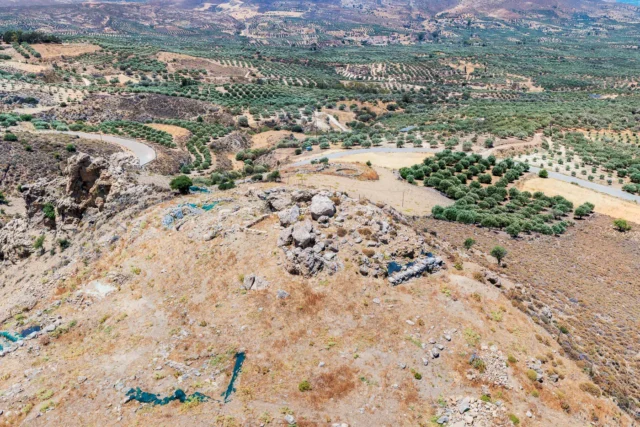
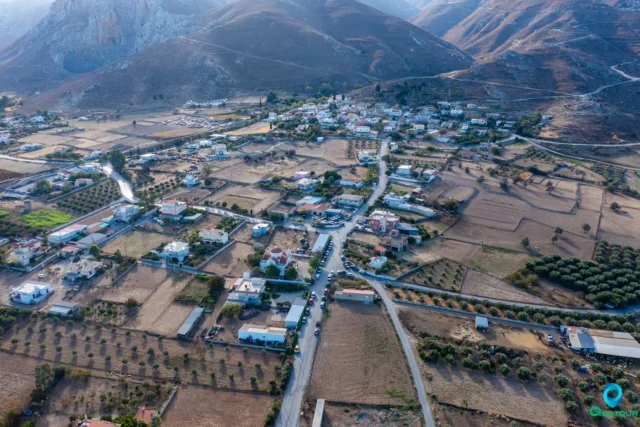

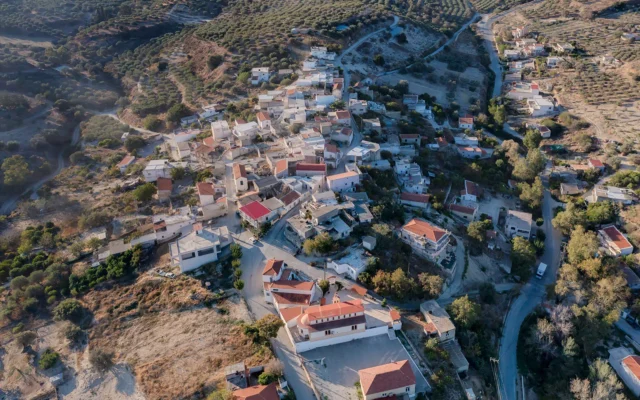


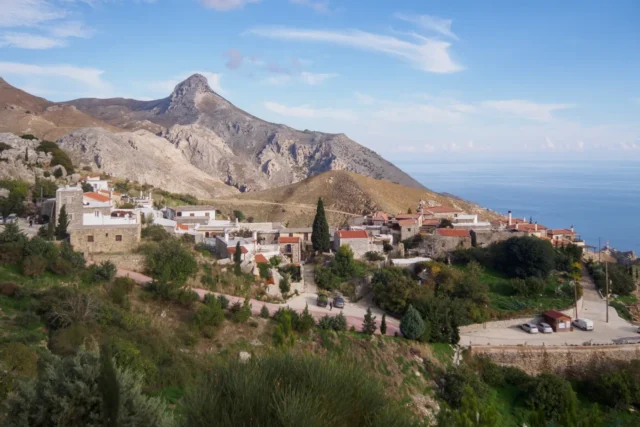
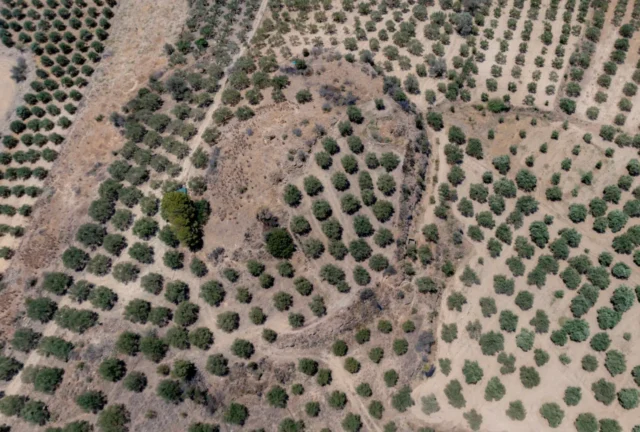

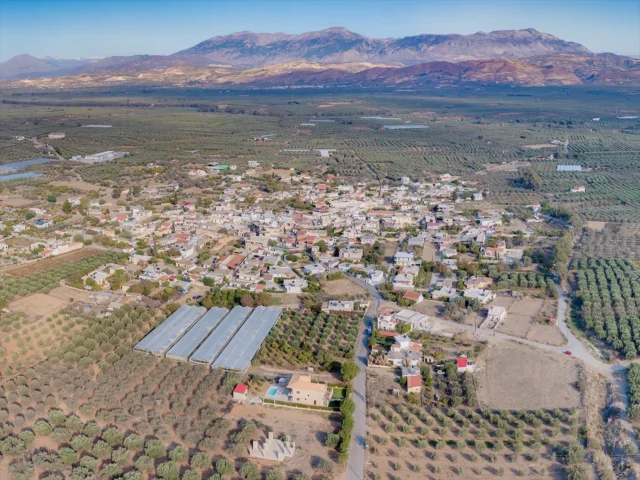


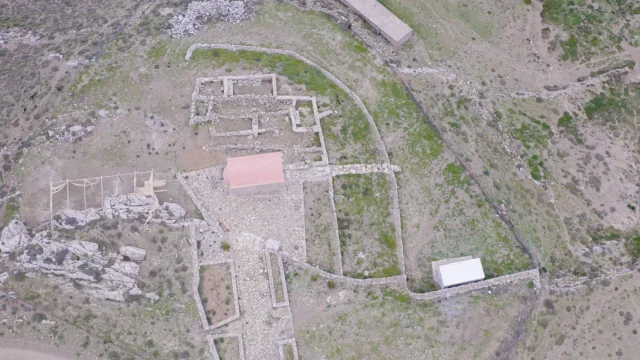

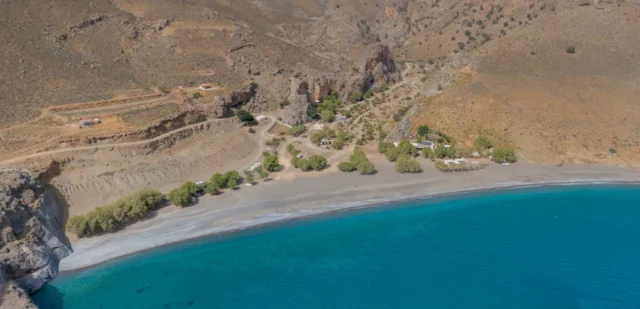

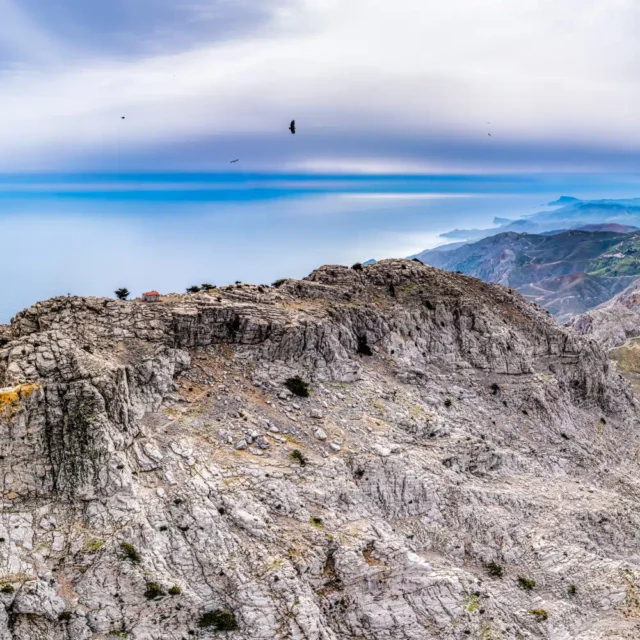

There are no comments yet.